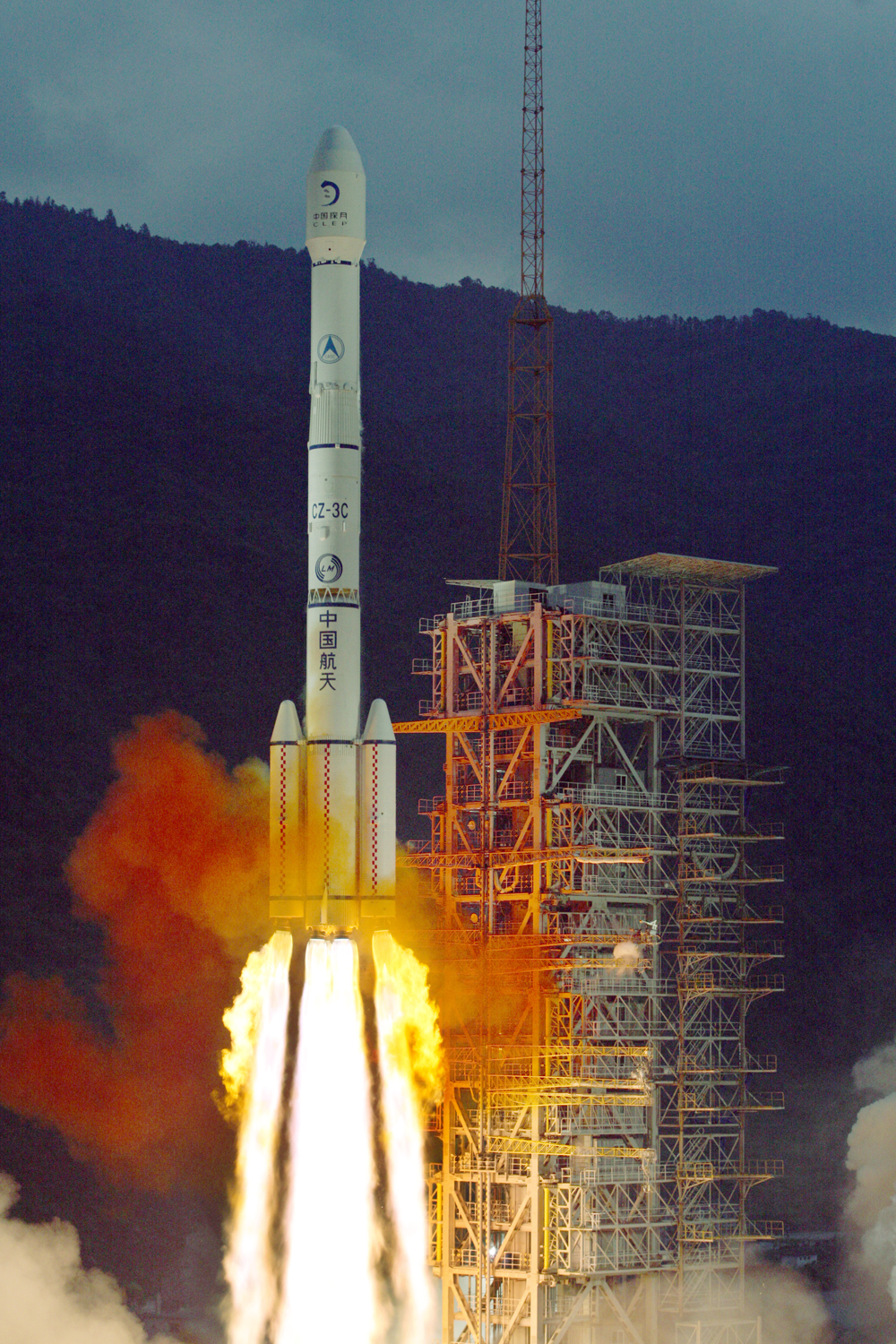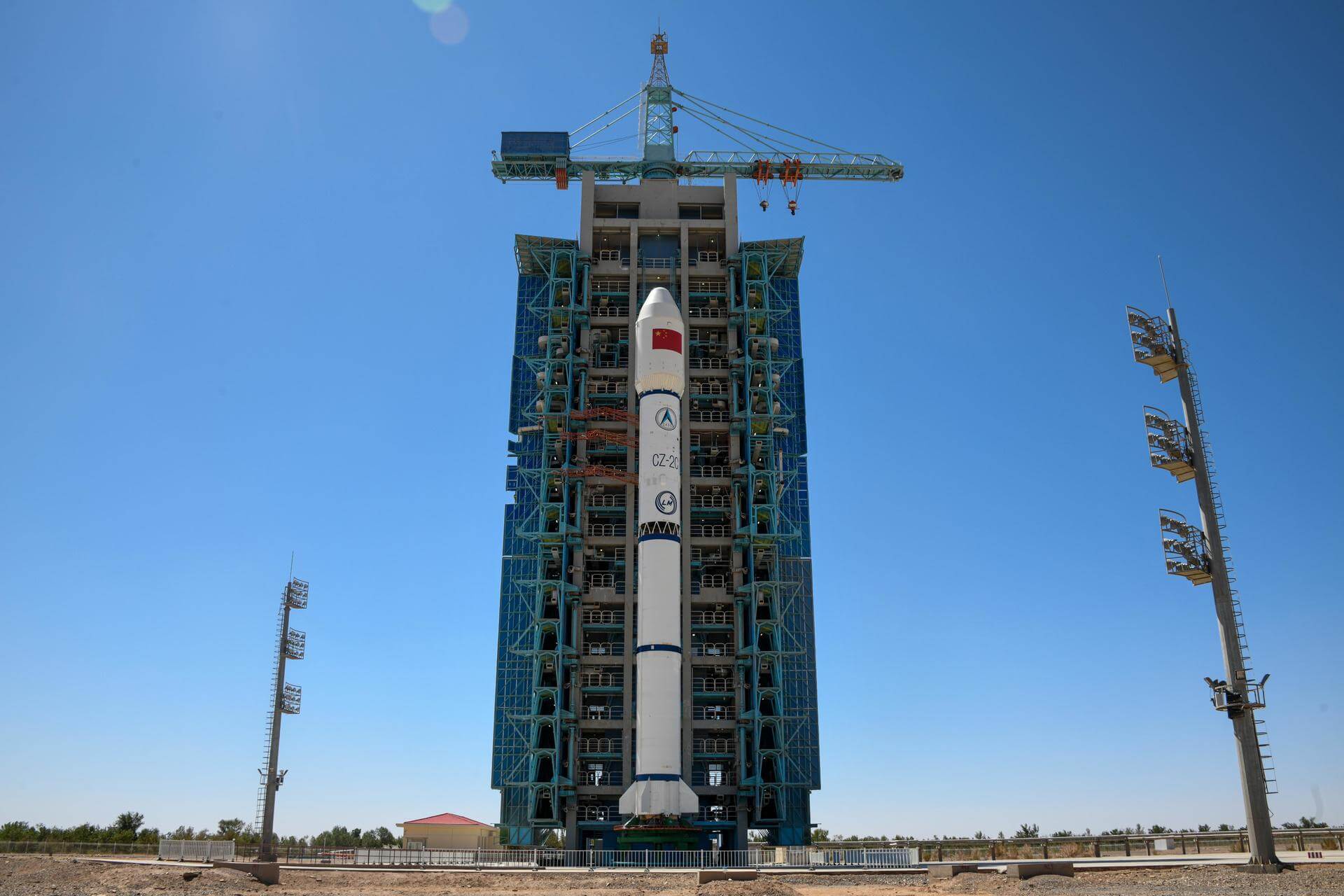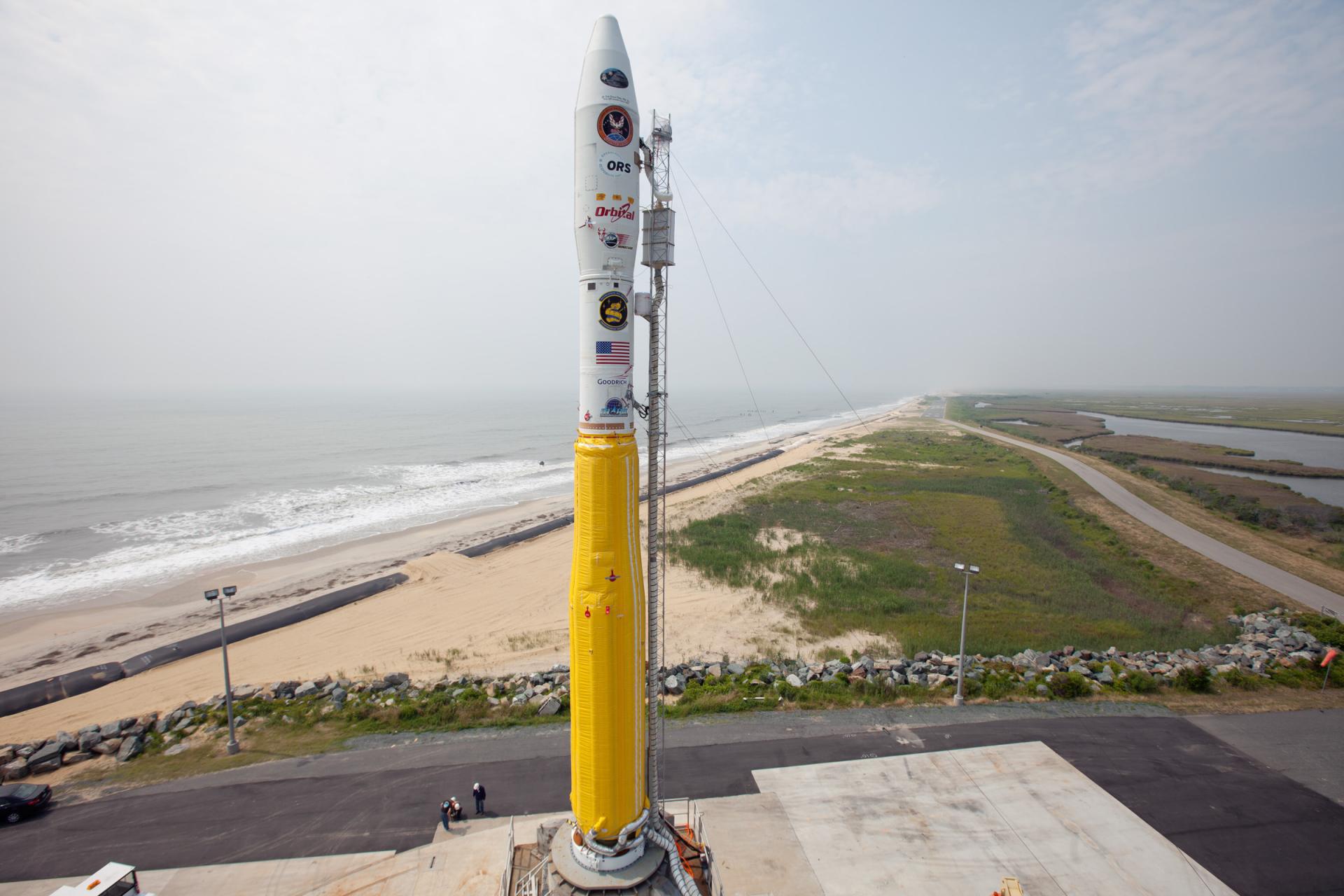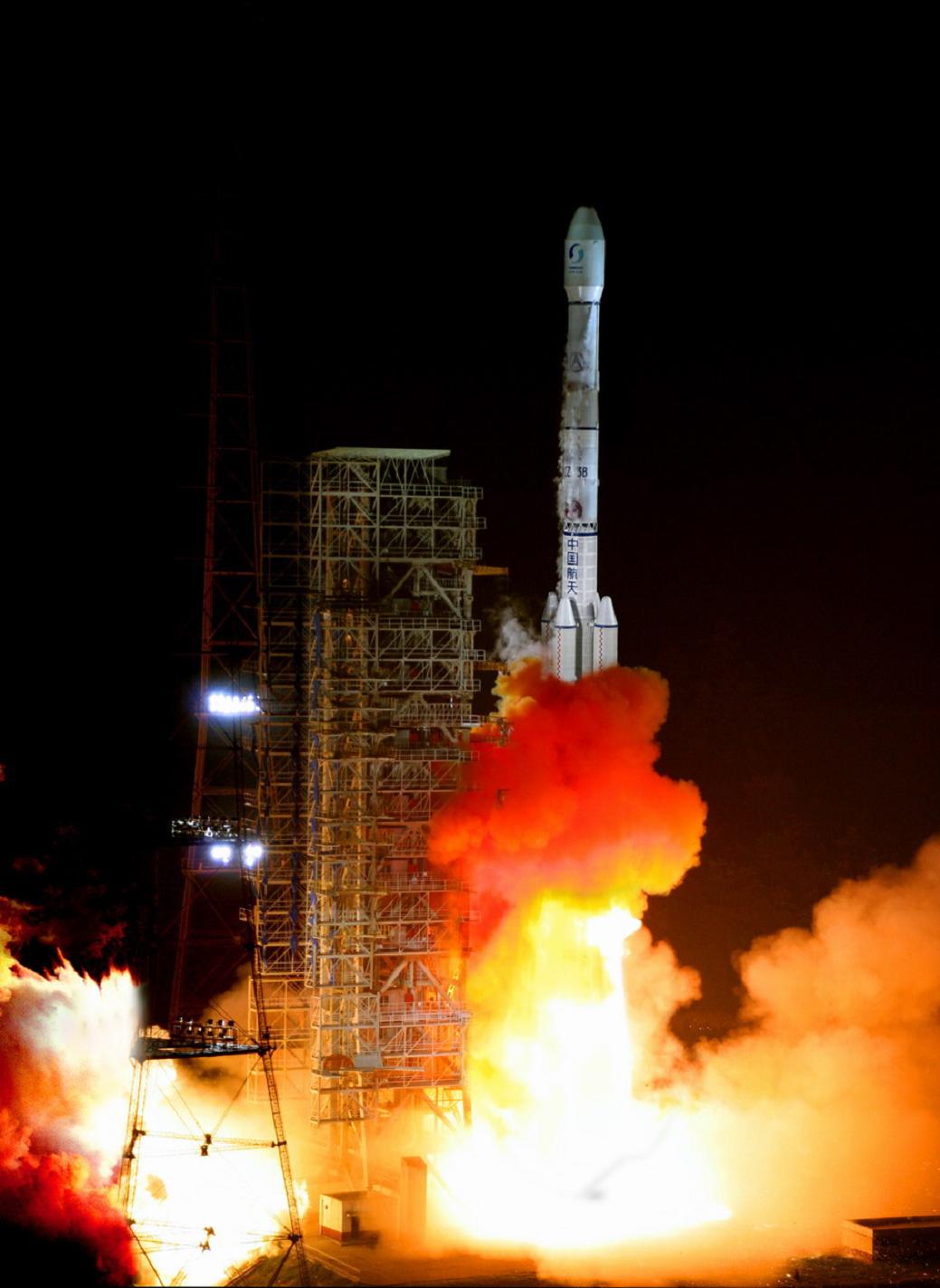Previous Spaceflight Launches
Filter by Agency, Locations or Vehicles
Show All LaunchesLong March 3C | Tianlian 1-02
China Aerospace Science and Technology Corporation | ChinaXichang Satellite Launch Center, People's Republic of China
July 11, 2011, 3:41 p.m.
Space Shuttle Atlantis / OV-104 | STS-135
National Aeronautics and Space Administration | United States of AmericaKennedy Space Center, FL, USA
July 8, 2011, 3:29 p.m.
Status: Launch Successful
Mission:
STS-135 delivered supplies and equipment to provision the space station through 2012, and is the final mission of the American Space Shuttle program. Payload included the Multi-Purpose Logistics Module (MPLM) Raffaello and the Lightweight Multi-Purpose Carrier (LMC)
Low Earth OrbitLong March 2C | Shijian 10-03
China Aerospace Science and Technology Corporation | ChinaJiuquan Satellite Launch Center, People's Republic of China
July 6, 2011, 4:28 a.m.
Minotaur I | ORS-1 (USA-231)
Orbital Sciences Corporation | United States of AmericaWallops Flight Facility, Virginia, USA
June 30, 2011, 3:09 a.m.
Soyuz-U | Kobalt-M No.7 (Kosmos 2472)
Russian Federal Space Agency (ROSCOSMOS) | RussiaPlesetsk Cosmodrome, Russian Federation
June 27, 2011, 4 p.m.
SpaceShipTwo | VSS Enterprise GF15
Virgin Galactic | United States of AmericaAir launch to Suborbital flight
June 27, 2011, noon
SpaceShipTwo | VSS Enterprise GF14
Virgin Galactic | United States of AmericaAir launch to Suborbital flight
June 23, 2011, noon
Soyuz-U | Progress M-11M (43P)
Russian Federal Space Agency (ROSCOSMOS) | RussiaBaikonur Cosmodrome, Republic of Kazakhstan
June 21, 2011, 2:38 p.m.
SpaceShipTwo | VSS Enterprise GF13
Virgin Galactic | United States of AmericaAir launch to Suborbital flight
June 21, 2011, noon
Long March 3B | Chinasat-10
China Aerospace Science and Technology Corporation | ChinaXichang Satellite Launch Center, People's Republic of China
June 20, 2011, 4:13 p.m.








